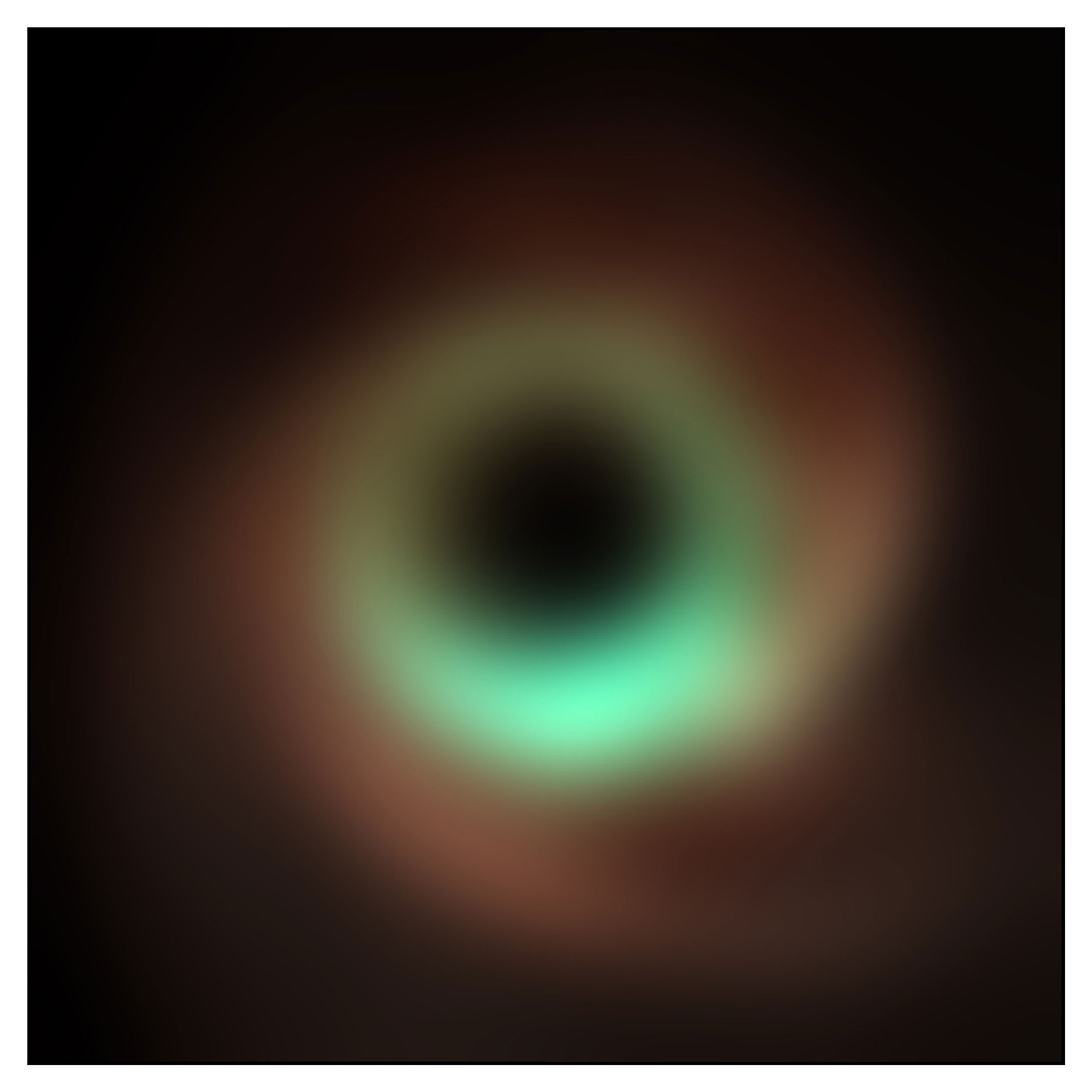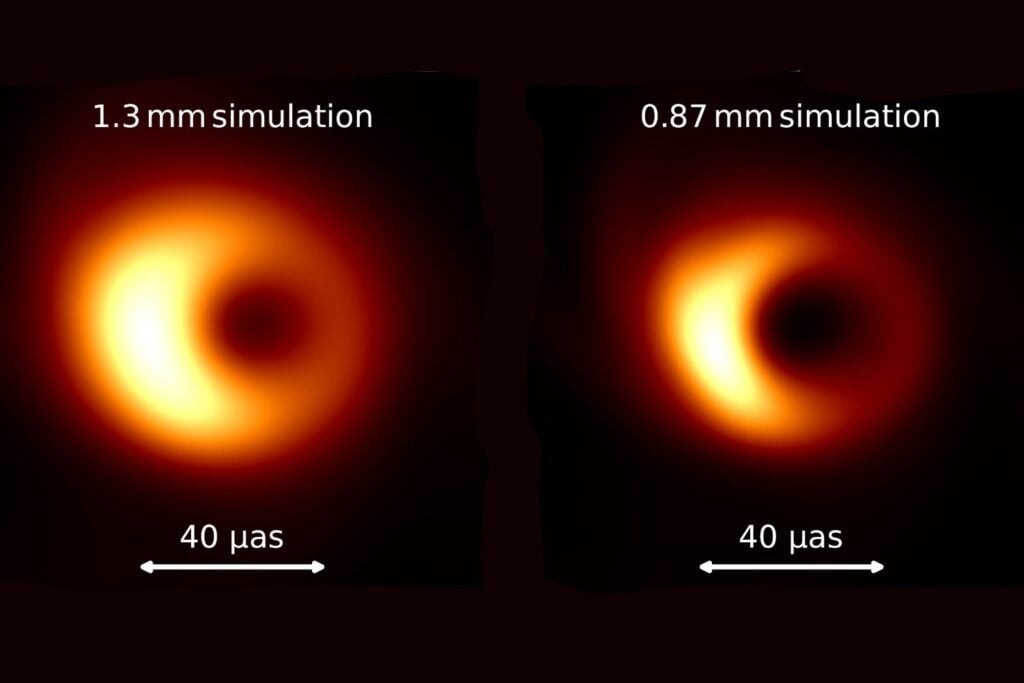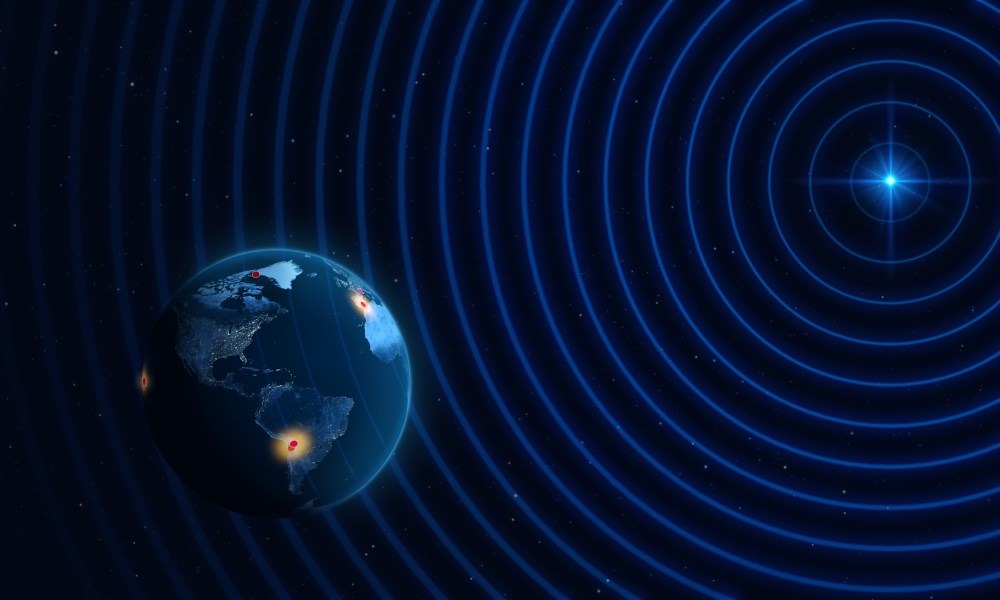The Event Horizon Telescope (EHT) team, which has obtained the first direct image of a black hole, has made a new breakthrough by making the most detailed observations of space from Earth. The project uses telescopes from around the world to turn Earth into a giant observatory to study distant galaxies.

Recent observations have included the Atacama Pathfinder EXperiment (ALMA) in Chile, as well as sites in Spain, France, and Hawaii. To get higher resolution images, the scientists switched to higher frequency observations.
This helped the researchers detect light with a wavelength of 0.87 mm, which will make future images of black holes 50 percent more detailed, particularly in regions around the black hole’s event horizon.

Sheperd Doeleman, founder of the EHT, compared it to the transition from black-and-white to color photographs, which allows gravitational effects and magnetic fields around black holes to be more clearly distinguished. This new “color vision” will help us better understand how black holes feed, grow, and release jets of matter over long distances.
The new observational capability will allow future images of black holes to be sharper, revealing the clouds of dust and gas around them. This will help explain the feeding and growth processes of black holes, as well as investigate the jets of matter emitted by them during this process.
Research colleague Alexander Raymond said that at the new 0.87 mm wavelength, images would be sharper, revealing new properties of black holes that were previously hidden.

Earlier we reported on how the NEOWISE telescope completed its work.
According to gizmodo.com


